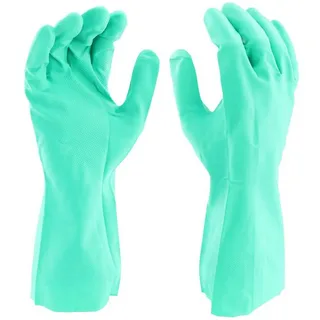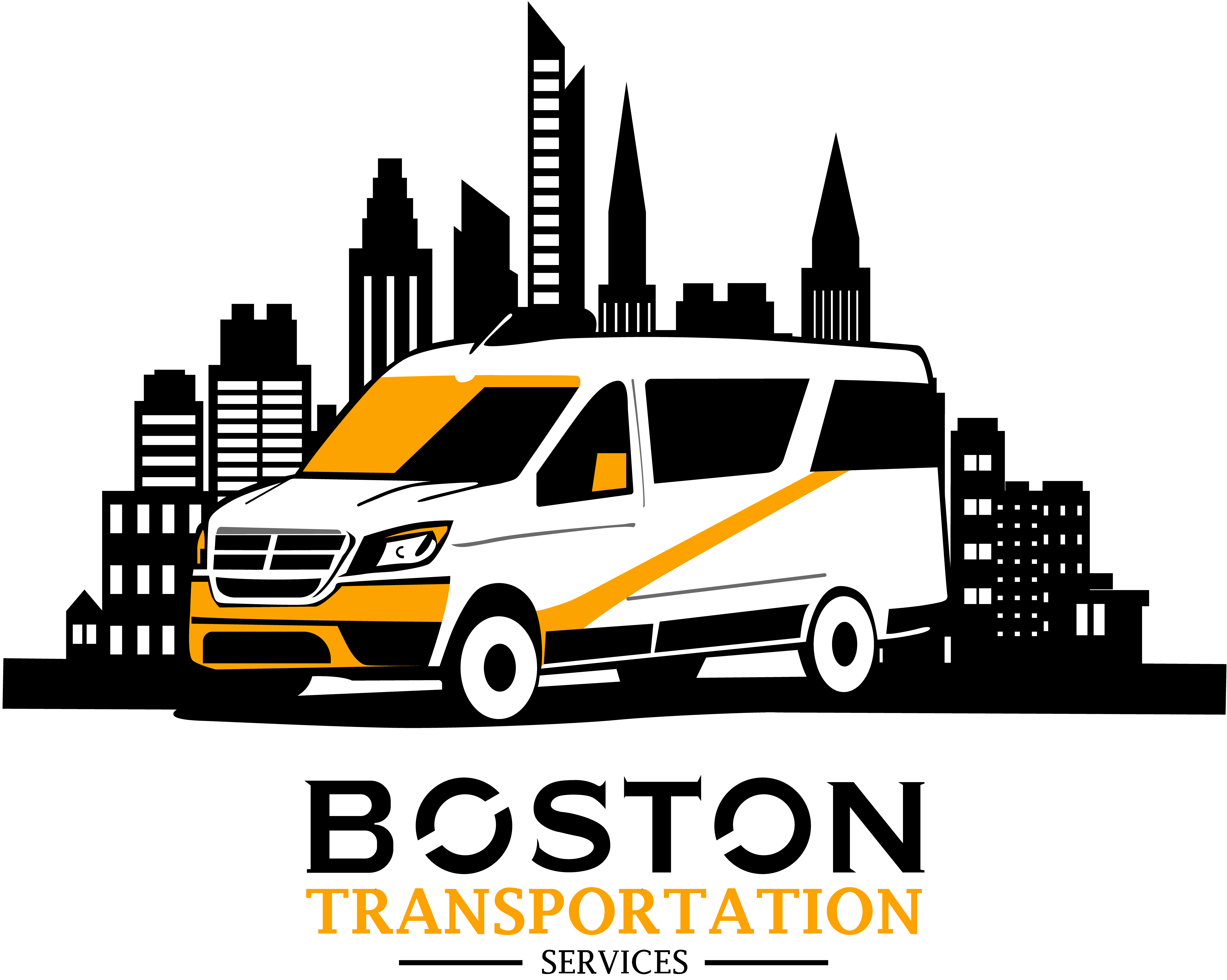In any restaurant, maintaining a clean and safe kitchen environment is crucial to ensure smooth operations and compliance with health and safety regulations. One of the most important components of kitchen maintenance is the regular cleaning of the restaurant’s hood and exhaust system. Over time, grease, smoke, and food particles accumulate in the exhaust system, which can lead to fire hazards and poor air quality. Professional restaurant hood cleaning services help prevent these issues by ensuring that your kitchen ventilation system operates efficiently and safely.
What is Restaurant Hood Cleaning?
Restaurant hood cleaning involves the thorough cleaning of your kitchen’s exhaust system, including the hood, filters, ductwork, and exhaust fans. These areas collect grease and other contaminants during cooking, and if not properly cleaned, they can create serious fire hazards and hinder the performance of your ventilation system. Professional cleaning companies use specialized equipment and techniques to remove all grease buildup and ensure the system operates at peak efficiency.
Key Reasons Why Restaurant Hood Cleaning is Crucial
1. Fire Hazard Reduction
One of the primary reasons for regular hood cleaning is to prevent fires. Grease buildup in the hood, ducts, and exhaust fans is highly flammable, and even a small spark from cooking can ignite a dangerous fire. In a busy restaurant kitchen, where flames and heat are constant, the risk of fire increases significantly when grease is present. Professional restaurant hood cleaning helps to reduce this risk by removing grease and keeping your exhaust system free from potential fire hazards.
2. Compliance with Safety and Health Codes
Restaurants are subject to strict fire safety and health regulations. Local fire departments and health inspectors often require regular hood and exhaust cleaning to ensure the kitchen is operating safely. Failure to comply with these regulations can lead to hefty fines, penalties, or even the closure of the business. Regular restaurant hood cleaning ensures that your kitchen remains in compliance with local codes, avoiding any disruptions to your operations.
3. Improved Air Quality and Ventilation
A clean kitchen hood system improves the airflow in your kitchen, helping to remove smoke, steam, and cooking odors. When the exhaust system is clogged with grease and grime, it reduces the system’s ability to ventilate the space properly. This can lead to poor air quality, which can be harmful to both kitchen staff and customers. Regular cleaning enhances the performance of the exhaust system, creating a more comfortable and safe working environment.
4. Prolonged Equipment Life
Grease buildup in the exhaust system can also lead to equipment breakdowns and increased wear and tear on the ventilation system. Over time, this can result in costly repairs or the need to replace equipment prematurely. Routine cleaning ensures that the exhaust system and its components function properly, extending the life of your equipment and preventing unnecessary expenses.
5. Odor Control
In a restaurant, lingering odors can affect the dining experience for customers. A dirty exhaust system can trap food particles and grease, which then contribute to foul odors in the kitchen and dining areas. By regularly cleaning the hood and exhaust system, you can prevent unpleasant smells from accumulating and ensure a fresh and welcoming atmosphere for your guests.
How Often Should You Schedule Restaurant Hood Cleaning?
The frequency of hood cleaning depends on the type of cooking done in your kitchen and the volume of food prepared. The National Fire Protection Association (NFPA) has established guidelines for the recommended cleaning schedule based on the type of cooking:
- High-volume kitchens (e.g., fast food, 24-hour diners): Every 3 months
- Moderate-volume kitchens (e.g., restaurants, hotels): Every 6 months
- Low-volume kitchens (e.g., seasonal businesses, churches): Every 12 months
It’s important to consult with a professional restaurant hood cleaning service to determine the best schedule for your specific needs.
The Restaurant Hood Cleaning Process
Professional restaurant hood cleaning services follow a thorough process to ensure every part of the exhaust system is properly cleaned. Below is an outline of the steps typically involved:
1. Initial Inspection
Before starting the cleaning process, technicians will inspect the entire exhaust system to assess the level of grease buildup and identify any problem areas. This inspection helps them determine the best approach for cleaning and ensures that all areas are addressed.
2. Hood and Filter Cleaning
The hood and filters are the first components to be cleaned. Filters are typically removed and soaked in a degreasing solution to break down the grease, while the hood is scrubbed with industrial-grade cleaners to remove all grease and grime from its surface.
3. Duct Cleaning
After the hood and filters are cleaned, the technicians move on to the ducts. Grease and smoke travel through the ducts, which can become clogged over time. High-pressure washing and specialized degreasers are used to clean the inside of the ducts, ensuring proper airflow and reducing the risk of grease fires.
4. Exhaust Fan Cleaning
The exhaust fan, which helps to remove air from the kitchen, is also cleaned during the process. Grease buildup on the fan blades can reduce the efficiency of the fan and lead to mechanical issues. Cleaning the fan ensures it operates efficiently, contributing to better ventilation in the kitchen.
5. Final Inspection and Report
Once the cleaning is complete, a final inspection is conducted to ensure that the entire system has been thoroughly cleaned. Many professional cleaning services also provide a detailed report documenting the work that was done. This report can be used to show compliance with fire and health regulations.
Choosing the Right Restaurant Hood Cleaning Service
When selecting a professional hood cleaning service for your restaurant, it’s important to consider the following factors:
1. Certification and Compliance
Ensure that the service provider is certified and complies with local fire safety and health regulations. Certified technicians will know how to properly clean the system and ensure that it meets all safety standards.
2. Experience and Reputation
Choose a company with a proven track record in the industry. Experience matters when it comes to cleaning complex exhaust systems, and a reputable company will have positive reviews from other restaurant owners.
3. Comprehensive Cleaning Services
Look for a company that offers a full range of cleaning services, including hood, filter, duct, and exhaust fan cleaning. Some companies may also offer additional services like filter replacement and fire suppression system inspections.
4. Cost-Effectiveness
While price is important, it’s essential to prioritize quality and thoroughness. A cheaper service may cut corners, which could lead to more significant issues down the line. Investing in high-quality cleaning services can save you money by preventing fires and equipment breakdowns.
Conclusion
Regular restaurant hood cleaning is critical for maintaining a safe, clean, and efficient kitchen environment. It reduces fire risks, improves air quality, ensures compliance with health and safety codes, and prolongs the life of your kitchen equipment. By partnering with a professional cleaning service, you can protect your business, employees, and customers from potential hazards while maintaining the highest standards of kitchen cleanliness and safety. Don’t wait until problems arise—schedule regular hood cleanings to keep your restaurant running smoothly and safely.
Read More :


